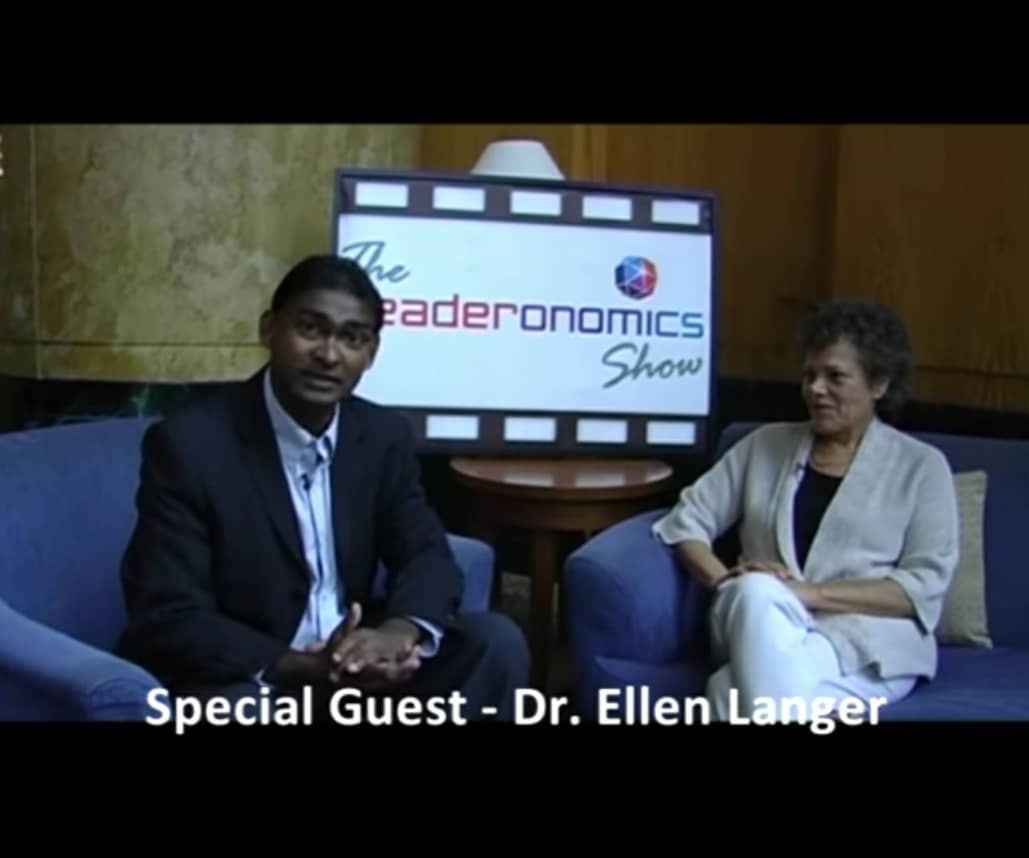Diversity – What Does It Really Mean To Be Colour-Blind?

“You know Sarah, sometimes I don’t even see you as not-white,” a Caucasian friend of mine told me one day. This led me to ponder: what does it really mean when someone says they are racially colour-blind?
I came to know of this particular phrase through an ad from a local oil and gas organisation, one of many seeking to promote racial unity in conjunction with the Merdeka month.
This ad, Tan Hong Ming, is about a Chinese boy who has a big crush on his Malay best friend – the message at the end reading: our children are colour-blind, shouldn’t we keep them that way?
What’s the problem?
According to Tan Hong Ming, colour-blindness is meant to send across the message that people are not born with preconceived stereotypes regarding other people’s race, and that we should accept each other as children instinctively do.
However, people are now taking it to mean that being colour-blind is to ignore the fact that there is a difference in race in the first place.
I think that my Caucasian friend meant what he told me as a compliment, but what I heard instead was: I think that there is something fundamentally wrong if I see that you’re a race that I’m not.
So often, we are overly sensitive and politically correct, that we don’t acknowledge racial differences at all. When taken too far, we forget that different does not automatically mean inferior or bad.
An unnecessary handicap
That oil and gas organisation has since dropped its use of the phrase “colour-blind,” opting for subtler yet no less powerful methods of bringing its message of unity across. However, the idea of people being racially colour-blind has stuck, becoming distorted over the years.
When a person says that they choose to be racially colour-blind, it is as ridiculous as someone with perfect colour-vision saying that they’ve made a conscious decision to only see one colour.
To put it bluntly: colour-blindness is a disability. To wilfully choose to be racially colour-blind is like shooting yourself in the foot – it helps neither you nor anyone else.
The fear of appearing to be racist is one of the reasons why people are wary of acknowledging the racial differences of the people around them.
However, this mindset can also be damaging as issues surrounding racial differences are downplayed and kicked under the rug.
People have much to offer “because of” not “despite of” their race. This realisation can lead to the subversion that I think we sorely need of the colour-blindness trend.
Choose to see
As a leader, in whatever setting and situation, you are bound to meet races other than yours. Rather than trying your best to ignore the fact that you are racially different, you should take the opportunity to understand and appreciate them for who they are.
In Martin Luther King Jr’s famous speech, he says: “I have a dream that my four little children will. . .not be judged by the colour of their skin, but by. . .their character.”
Not judged, but accepted. Not ignored, but recognised. Not stereotyped, but respected. The colour of your skin should not define who you are or how you are treated, but the colour of your skin means that you are part of a community with a rich history, a shared culture, and a unique mindset.
Our country is a multiracial melting pot. Therefore, we are in a position to make the most of our differences which, when utilised, can ultimately help us progress into a nation that is united and harmonious.
Sarah is a Malaysian English major currently stranded in Canada. If she’s not either busy apologising to someone, or too cold to answer, contact her at editor@leaderonomics.com. For more Try This articles, click here.
Community
This article is published by the editors of Leaderonomics.com with the consent of the guest author.









